We may earn money or products from the companies mentioned in this post. This means if you click on the link and purchase the item, I will receive a small commission at no extra cost to you ... you're just helping re-supply our family's travel fund.

Bison, the mighty icons of the American plains, have long symbolized the wild freedom of the frontier. Yet, in recent years, the surge of tourism has begun to reshape their natural habitats. Popular viewing sites now struggle with overcrowding, traffic jams, and unsafe encounters as visitors chase the perfect wildlife photo. From Yellowstone to the tallgrass prairies, these vast landscapes face the delicate balance between conservation and curiosity. Here are 11 places where bison meet the burden of overtourism.
1. Yellowstone National Park, Wyoming
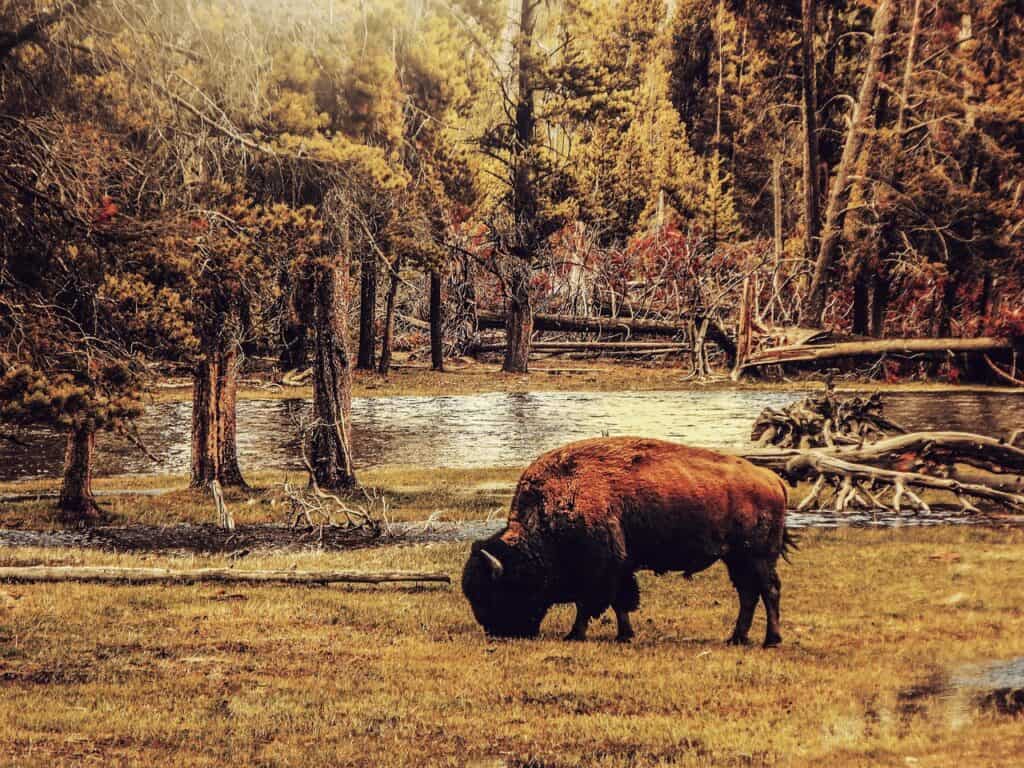
Home to over 5,900 bison, Yellowstone faces severe crowding with annual visitation exceeding 4.5 million. The Lamar and Hayden Valleys often suffer “bison jams,” where vehicles line up for miles as herds cross roads. Tourists eager for selfies frequently breach the 25-yard safety rule, causing dozens of injuries yearly. Rangers report that traffic congestion has increased by nearly 30% in a decade, straining both wildlife and the park’s fragile ecosystem.
2. Grand Canyon National Park, Arizona
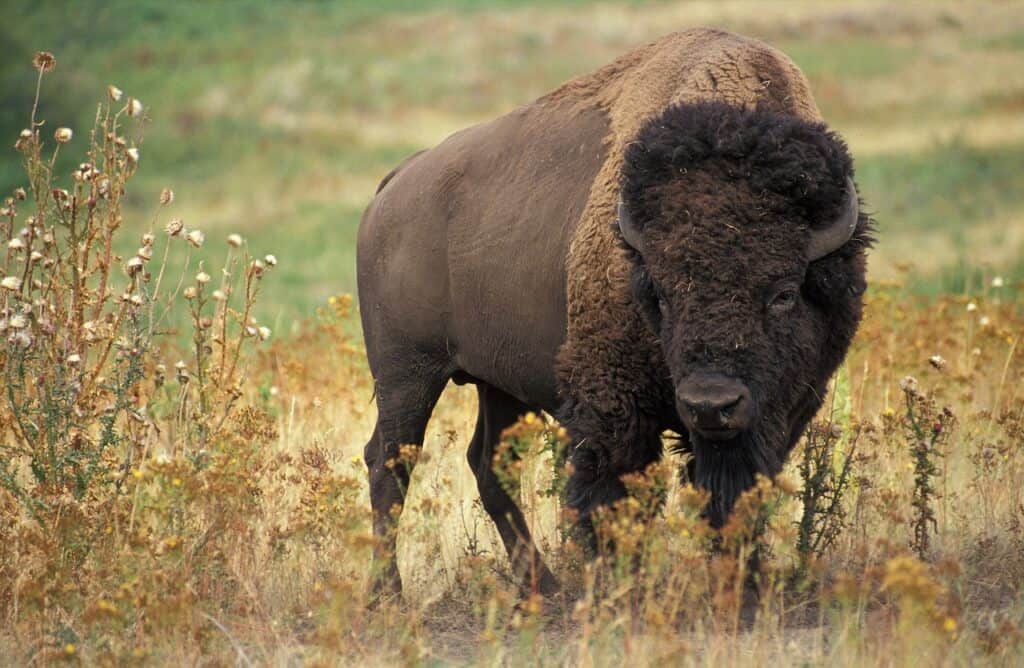
The North Rim’s Kaibab Plateau herd, numbering around 600 bison, attracts heavy seasonal tourism, especially in summer when the park welcomes over 5.2 million visitors annually. The animals often graze near roadways, drawing clusters of cars and onlookers. Overcrowding and off-trail driving compact soil and disturbing the plateau’s vegetation. Park officials have even culled herds to reduce environmental impact, yet human congestion remains a growing issue.
3. Badlands National Park, South Dakota

With around 1,200 bison, the Badlands’ rugged grasslands are increasingly visited by more than 1.2 million tourists each year. Crowding peaks along Sage Creek Rim Road, where vehicles stop abruptly to photograph roaming herds. The rising popularity of social media travel posts has worsened congestion, leading to trampling of prairie vegetation and stress on wildlife. Rangers have increased patrols to manage reckless visitor behavior around free-roaming bison.
4. Wind Cave National Park, South Dakota

This park’s herd of roughly 500 bison roams 33,000 acres, yet growing visitation of nearly 700,000 visitors a year has led to frequent traffic blockages and disturbed animal movements. Tourists often venture too close to herds during calving season, disrupting natural behavior. The park’s narrow roads and open terrain amplify crowd pressure, with vehicle clusters often forming within minutes of a sighting, challenging both safety and conservation efforts.
5. Custer State Park, South Dakota

Hosting over 1,300 bison and welcoming 2 million visitors annually, Custer’s famous Wildlife Loop has become a hotspot for overtourism. “Bison jams” are common, and during the park’s annual Buffalo Roundup, crowds exceed 20,000 spectators. Increased foot and vehicle traffic near herd crossings has eroded soil and reduced native grass cover. Rangers now employ timed entry and controlled access to manage visitor surges during peak viewing seasons.
6. Tallgrass Prairie National Preserve, Kansas
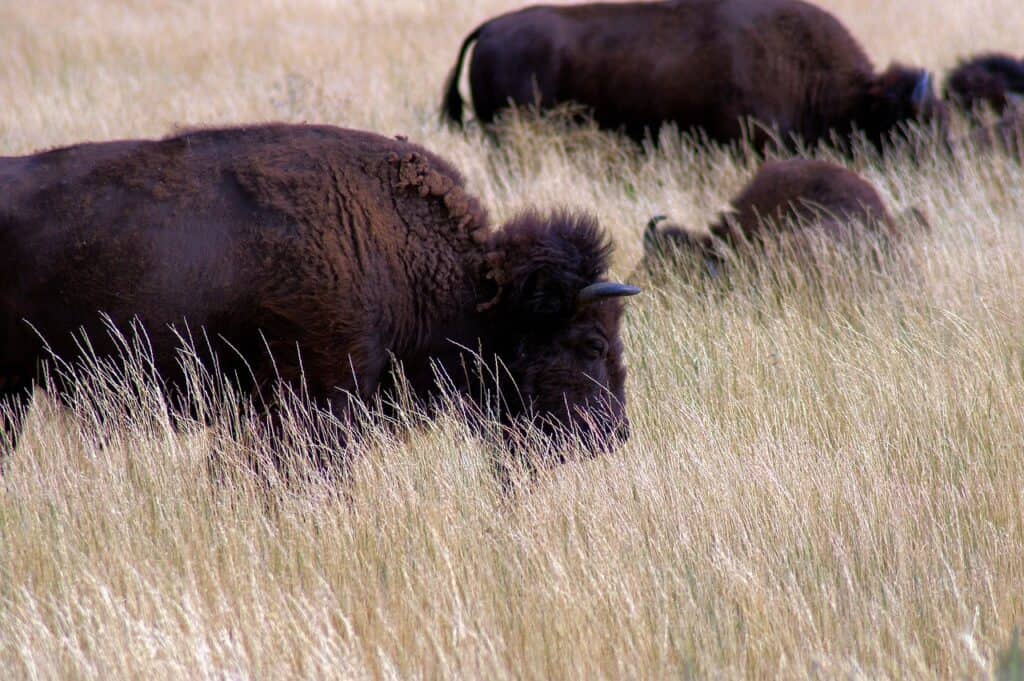
Once home to millions of bison, this preserve sustains around 100 free-ranging animals over 11,000 acres. Despite its smaller herd, it now draws over 400,000 annual visitors, a sharp rise from pre-2015 levels. Narrow trails and limited parking lead to congestion during migration periods. Increased visitor presence disrupts grazing patterns and accelerates soil compaction, prompting stricter ranger supervision and visitor education campaigns.
7. Theodore Roosevelt National Park, North Dakota
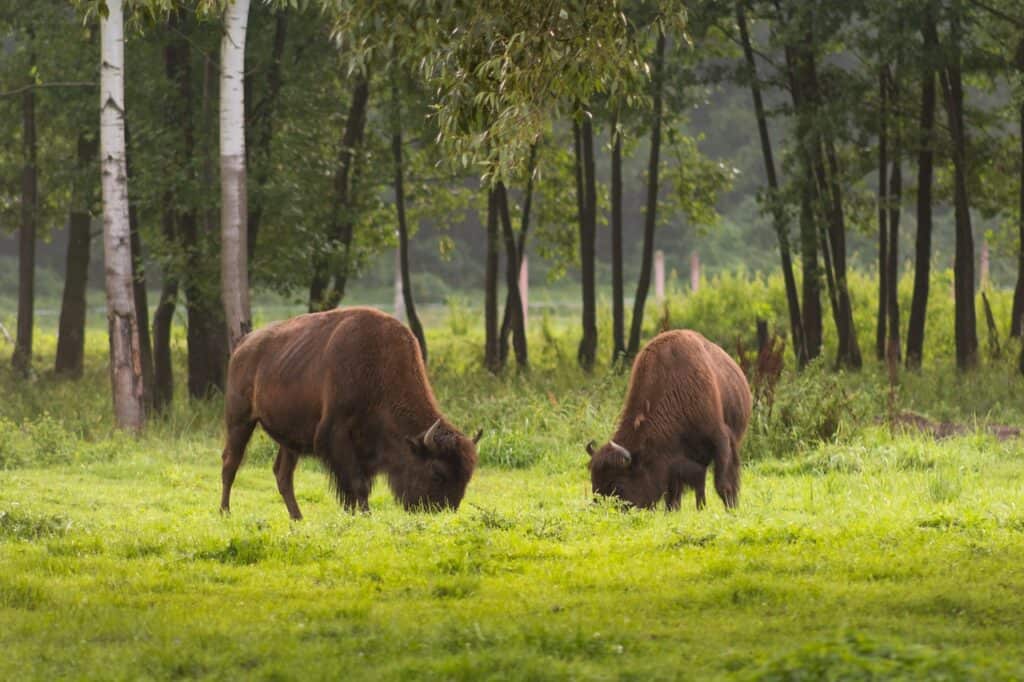
Housing nearly 700 bison, the park welcomes about 750,000 visitors yearly. Scenic drives through the North and South Units often experience gridlock when herds wander across roads. Wildlife photographers commonly block traffic, and unauthorized drone usage has grown by 40% in recent years. These disruptions have forced the park to tighten surveillance and implement new crowd management guidelines to safeguard both bison and tourists.
8. Antelope Island State Park, Utah

This island on the Great Salt Lake supports around 550 bison and receives nearly 1 million visitors annually. Summer weekends see heavy congestion, especially during the island’s annual Bison Roundup event. Increased human presence has led to trail erosion and wildlife stress, with more than 25 human-bison incidents recorded over the past five years. Authorities now limit vehicle access during calving season to reduce contact and road congestion.
9. Henry Mountains, Utah

One of the last truly wild bison herds of about 400 animals, roams the Henry Mountains. Once remote, this area now faces growing adventure tourism, with off-road vehicle activity up 60% in the past decade. The expanding influx of campers and photographers disturbs migration routes and degrades fragile desert vegetation. Local conservationists warn that unmanaged visitation could permanently alter this rare wild bison ecosystem if not better regulated soon.
10. National Bison Range, Montana
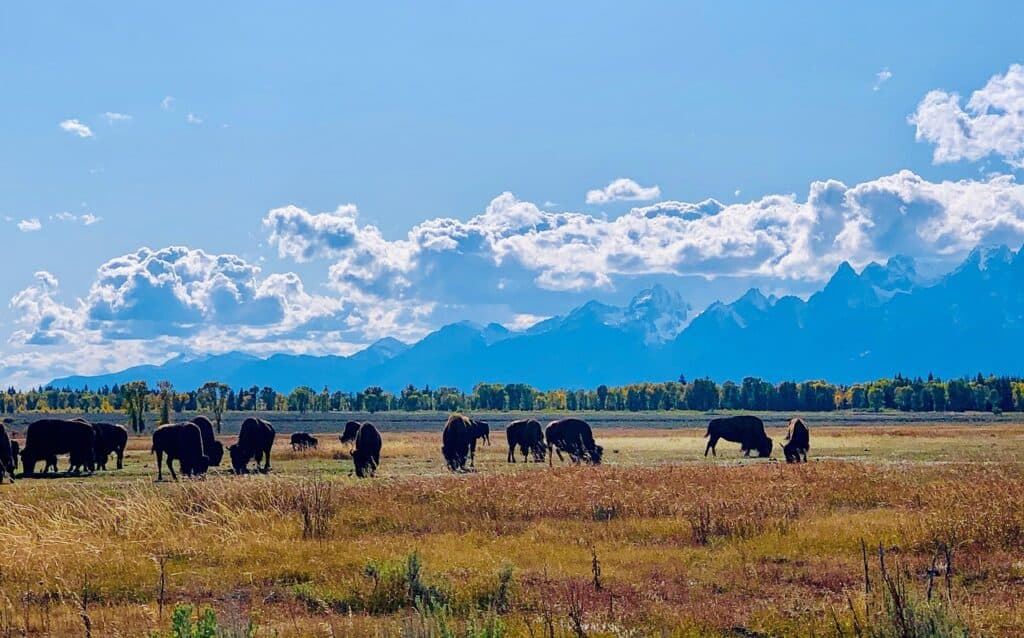
Encompassing 18,000 acres, this refuge shelters around 350 bison and draws roughly 200,000 annual visitors. Scenic drives often create congestion, especially near Red Sleep Mountain Road. Increased tourism has forced the Confederated Salish and Kootenai Tribes, who co-manage the site, to introduce vehicle quotas. Despite these efforts, vehicle idling and overcrowded viewpoints still disturb the refuge’s carefully balanced wildlife environment.
11. Caprock Canyons State Park, Texas
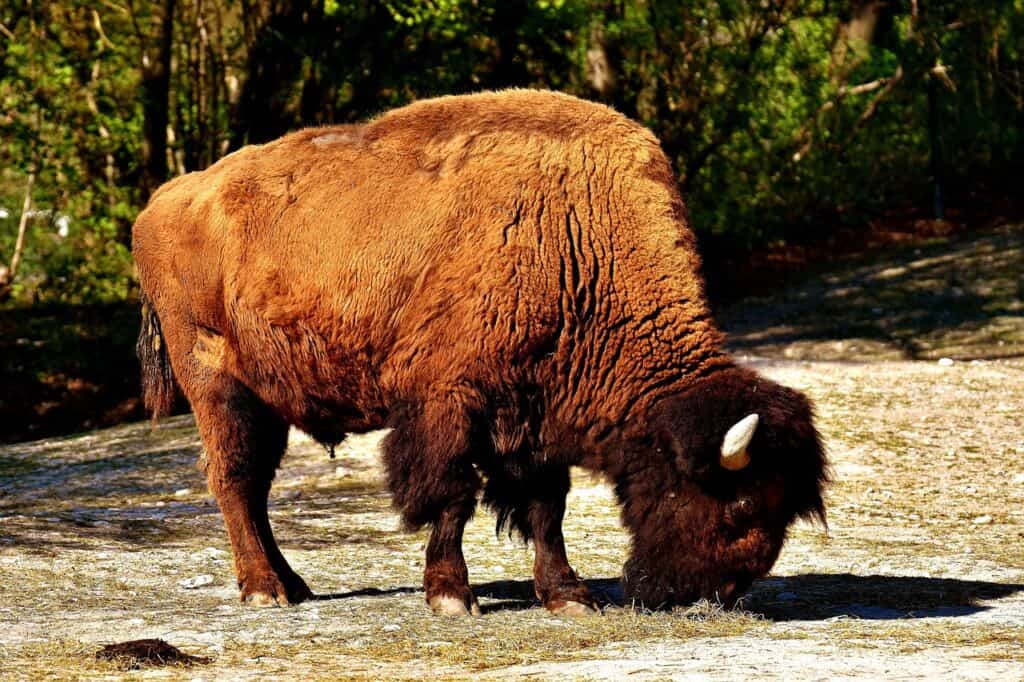
With about 250 bison, Caprock Canyons hosts the official Texas State Bison Herd, attracting nearly 500,000 visitors yearly. Growing popularity of road trips and social media exposure has led to frequent crowding at herd viewing spots. Visitors often feed or approach bison, leading to fines and animal stress. Park authorities now emphasize “Bison Safety First” programs and limit roadside parking to prevent accidents and habitat wear.